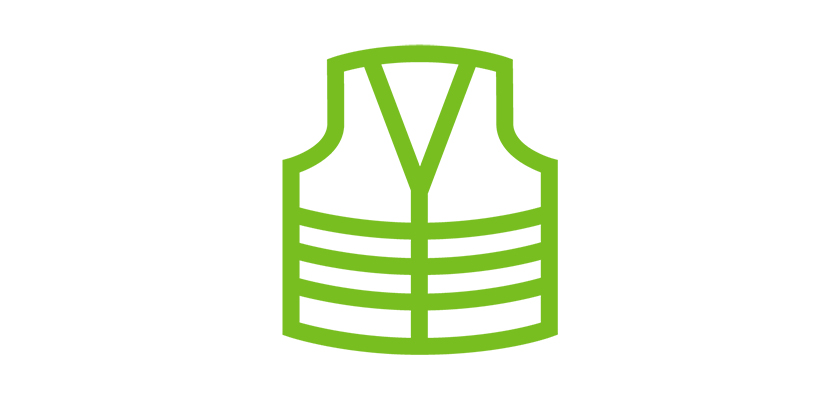On this page you find all information related to safety which is important for you to know and be aware about. Please always follow our safety instructions.

• Our goal is zero accidents in everything we do
• Demanding lifting work requires a lifting plan and an assembly inspection for mobile cranes
• Work permit for each job
• A written risk assessment for a job must be done before the work begins and the worker must have it with them when the work is performed
• Safety rounds are scheduled ahead of time and carried out according to the schedule. Follow-up at shutdown meetings
• The main supplier of the work for the investment and major repair work must draw up a written safety plan
To be allowed to work in the mill area, you must have completed:
You can complete the safety training when you have been issued a site permit through the Zeroni supplier portal. You will receive an invitation to the safety briefing via text message and at the same time you will receive a personal pin code for the service. The service is at: https://elearning.fi/se/
Password for all inductions: sesafety
The general induction takes around an hour to complete. The local and shutdown inductions take around 15 min and it must be completed in one go for it to be saved.
The department-specific safety briefing takes place at the mill.
Always when working at the mill:
Protective clothing according to the situation.
Basic work clothes in maintenance, service and installation work are a work jacket and/or long- sleeved work shirt and trousers, bib-and-brace overall combination outfit or coverall. The protective clothing must be worn so that the outfit covers both the upper and lower body, neck, arms and legs.
When using a personnel lifting device, fall protection must be worn and a safety rope must be attached in order to prevent falling.
Full face mask with ABEK-P3 filter for gases.
At least an FFP3 class mask is required at the effluent treatment plant.
A welding helmet for welding and ALWAYS a fresh air breathing apparatus in stainless steel welding.
Concentration meter in all confined spaces, also in other work if required.
NB! For work in the power plant's liquor line area, the work team must have a hydrogen sulphide concentration meter (H2S) and in the odorous gas boiler area (HKV, HK2, HK3 project) a sulphur dioxide concentration meter (SO2).
Sufficient work site area restrictions must be in place when carrying out lifting work, personnel lifting device work and other work that requires restricting the area. Suppliers must be equipped with adequate marking and restricting equipment when coming to work.
Accident
Fire
In addition to minimum fire extinguishing equipment and protective equipment, persons carrying out hot work must be equipped with at least one 25-39 mm / 20 m fire hose with a 2" claw connector and a matching nozzle.
Gas hazard
When placing the call, state:
Answer any questions.
Do not end the call before you are told to do so.
Arrange for someone to show the way.